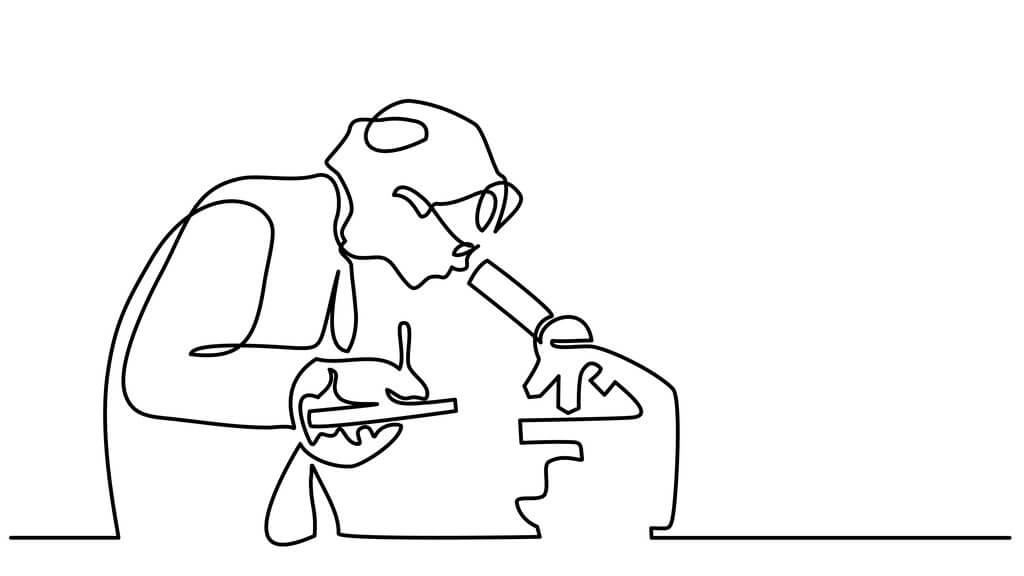
The idea may be great but it is only the beginning of the story. It takes a willingness to endure all the hard work required to turn that idea into reality.
Unfortunately, when the going gets tough, the majority of dreamers will give up and move on to something else, unless they have a particularly powerful drive to make it happen.
So, as a scientific product entrepreneurs what do you need to be prepared for?
Testing your idea
You think your idea is a breakthrough one, but does it have a place in the market? Are there similar solutions out there? Is it actually possible to create? And, crucially, is it truly something people want or need?
You need to do some thorough research to understand what your market wants and test your idea as a concept before considering taking it further.
I was fortunate that my idea stemmed from an industry I was deeply involved in. I had a good knowledge of existing solutions, which worked effectively, and which fell short.
I was also speaking to and learning the needs of my target, older people, on a daily basis. This triggered the idea for miiCare and I was already confident it had a clear space in the market.
Finding ways to meet your potential customers, discuss their needs and challenges, and float your idea to them is essential to understanding market viability.
Building and funding your technology
Your idea may require extensive technical expertise to produce. You’ll either have this know-how yourself, need to learn it or assemble a strong and reliable technical team to help you bring it to life.
When starting from the ground up, you realise you need to invest a lot of your own money. Every investment you make has to be stretched, so you’ll need to learn how to tap into existing resources in many creative ways.
I enrolled onto a PhD, which gave access to information, resources and even PhD students who were dying to get involved in a real project. This environment also meant that I was able to bounce ideas off like-minded people. Collaboration is key.
It’s always worth investing some time to build a strong and reliable team. It really helps to share the workload, and also for support and encouragement.
It’s worth keeping an eye on existing components that could save time. I considered designing miiCare’s sensors from scratch, however, I realised that mass-produced sensors performing the same function were already available and were far cheaper to use in the long run. Such decisions can minimise your R&D cycle, reducing the time and money needed to get your product to market.
Production and marketing costs can add up. If you’ve spent much of your resources on R&D, this can become a stumbling block later on. Fortunately, there are more funding sources than ever, especially if you have a proven concept and have completed your R&, for example crowdfunding.
Product testing
When building your idea, it’s also crucial to keep your end users in mind. Remember to regularly ask yourself, and ideally check with your potential customers, whether they will actually be able to use it.
We work with older people who are naturally technophobic and quick to lose trust when technology isn’t straight-forward.
As a techie, I like to focus on features, but all of my snazzy capabilities would have been useless if an elderly person was unable to operate it. By asking that question, it shifted my focus from ‘can an elderly person adapt to the miiCUBE’ to ‘can miiCUBE adapt to the elderly’?
That change of question altered everything about the development.
Constantly remind yourself of your purpose, maintain a strong level of discipline, and set key milestones. It’s also important to keep in touch with the outside world and engage with end users throughout the process.
Launching your product
There comes a point when you have to get the project out just to get money in. Development begins to plateau; there are a limited number of changes you can make before the design process drags on and the product becomes obsolete.
Set very strict disciplines and establish what your MVP needs to achieve and stop when you hit that stage. You’ll then be ready to push the project to the market and with the income generated, roll out updates.
A final point; when you come to filing a patent application be very careful who you ask for help. You’ll want to ensure that they sign an NDA, in case they’re working with a potential competitor or have the potential to leak ideas – accidentally or otherwise.
Hopefully, by illustrating some of the challenges of bringing a scientific product to market and providing some examples from my own experience, you’ll be better prepared for success.
Kelvin Summoogum, Founder and CEO of miiCare, a tech start-up which uses an innovative AI-based solution to give elderly people the choice to live independently in their own homes.